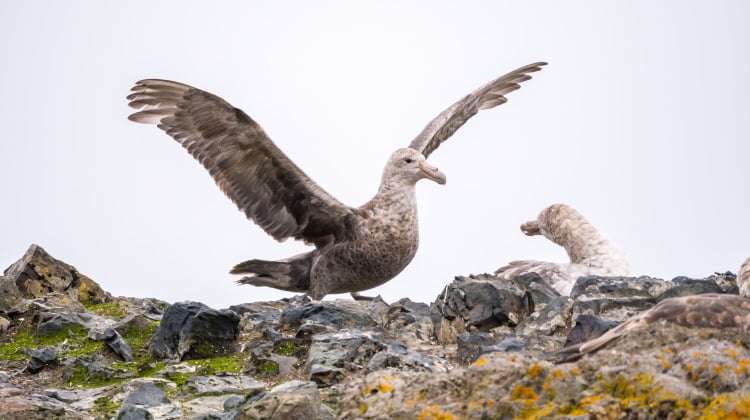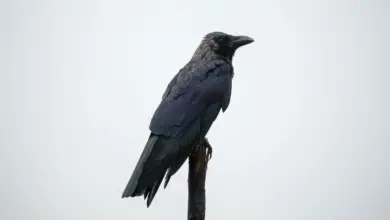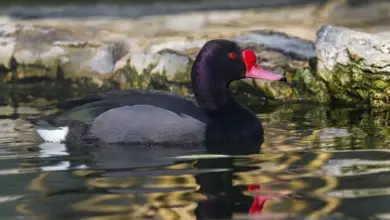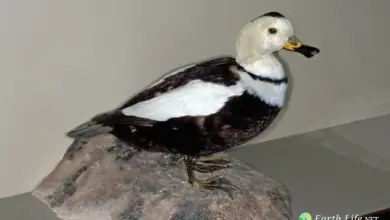The St. Helena Plover, Charadrius sanctaehelenae, locally known as Wirebird due to its thin legs, is a small wader endemic to the island of Saint Helena. Kittlitz’s Plover is the St. Helena bird’s closest relative.
The bird was first mentioned in 1638 and is the national bird of Saint Helena, featured on the island’s coat of arms.
This plover is resident all year in the open areas of Saint Helena, and it is thought that the widespread deforestation on the island, while generally harmful to the island’s ecosystem, has benefitted this particular species since it lives in open clearings in the forest.
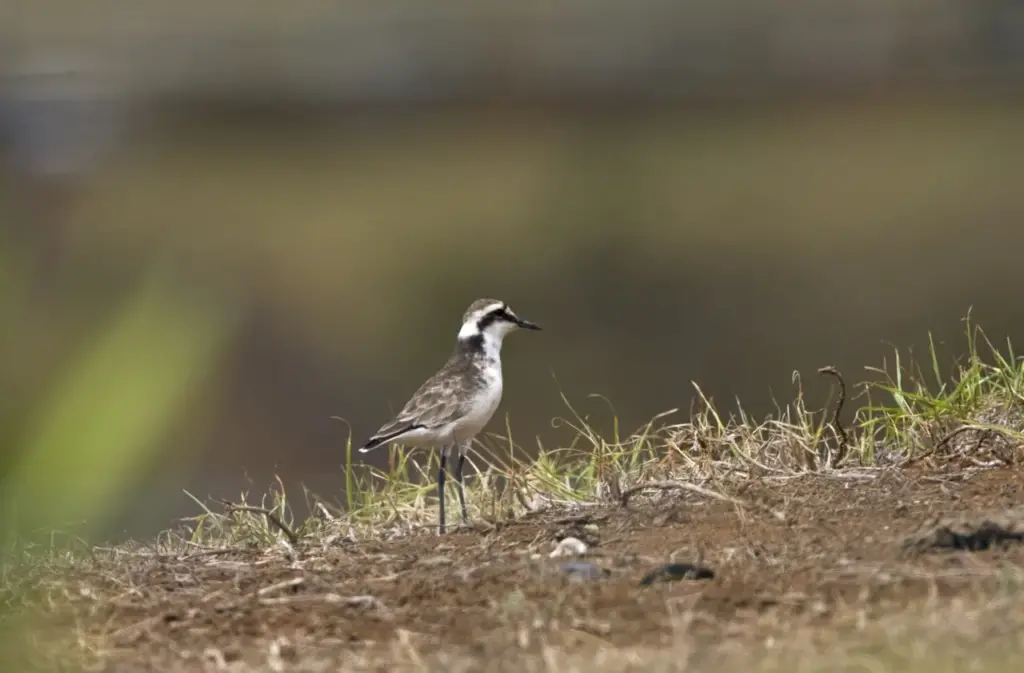
Status and conservation
St. Helena Plover numbers have been fluctuating, but in general, the trend has been downward since at least the 1970s. Feral cats and accidentally introduced rats, as well as the introduced Common Mynas which eat the eggs, are believed to play a significant role in the decline of this species’ population.
A census in 1988/89 recorded 450 adult birds, although it subsequently sharply declined from causes not fully understood and marked short-term fluctuations. Since 1998, its numbers stood at about 340 adult individuals. Classified as Endangered by the IUCN, it was downlisted to Vulnerable in 2004, as its numbers had stabilized.
However, there was another sharp drop in numbers since then, which may be continuing. Only some 200-220 adult birds are believed to remain. The reasons remain elusive, although it is noted that there has been an increase in off-road vehicle use and a decline in removing feral and neutering domestic cats in recent years.
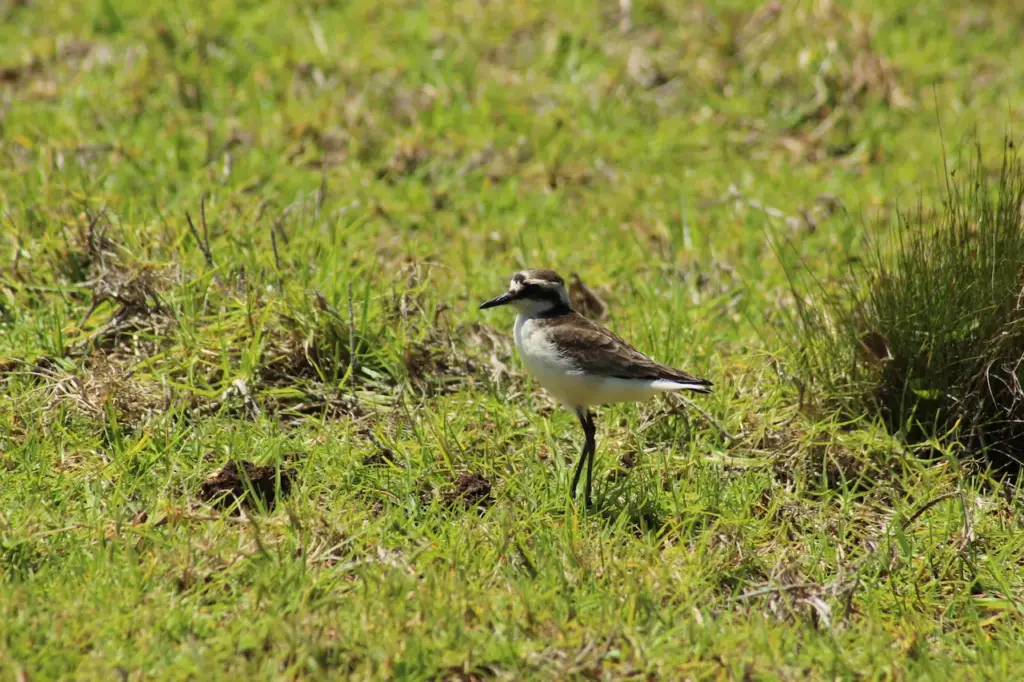
Construction activity has dispersed some of the smaller subpopulations. The planned Saint Helena Airport would also destroy one of the major patches of remaining habitat, especially as other grassland is now slated for reforestation to aid recovery of the island’s ecosystem.
As a consequence of its dire status and uncertain prospects, the St. Helena Plover is uplisted to Critically Endangered with extinction in the 2007 IUCN Red List. There are currently projects underway led by the RSPB to monitor the birds and try to stop their decline.


